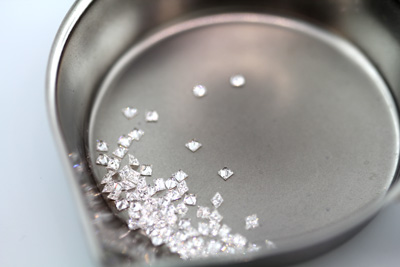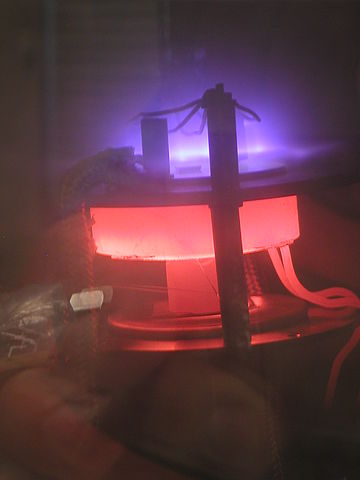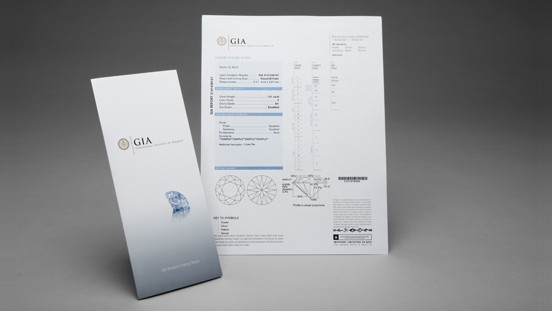GIA Adds Synthetic and Treated Diamond Detection Service for Small Diamonds
July 11th, 2012 by Noam Flint
Whether due to the state of the economy or a fashion trend, the demand for small diamonds is on the rise. However, one of the problems with such diamonds is that they are prone to be lab made or treated for color enhancements. This is because small diamonds are often not graded at all so they are more easily targeted. It is quite easy to “inject” such fake diamonds and treated diamonds into the industry’s circulation by selling them directly to retailers and private customers.

Parcel of melee Princess Cut Diamonds
Think of it as small 1 dollar bills. When you receive change from the coffee shop you don’t bother to look and check the 1 dollar bills but you will check the $50.
Due to concerns in the market (both by retailers and customers) the GIA is now adding a $12 charge for each stone identification option for both fancy colored and colorless diamonds weighing 0.20 carats or less to its Quality Assurance services (black diamonds up to 0.50ct).
 The GIA states that the new service is specifically designed to screen parcels of small diamonds.
The GIA states that the new service is specifically designed to screen parcels of small diamonds.
The GIA will issue a certificate stating whether the stone is natural or not and if it was found to be natural, they will state if it was color enhanced or not. Needless to say that color enhanced diamonds (both colorless and fancy colored) are worth much less than the natural counterparts.
An interesting fact is that while the GIA doesn’t grade mounted diamonds, for this specific procedure they will accept mounted diamonds. However, with that said, they also state that in some cases it may be necessary to remove the diamonds from the settings.
Note that when diamonds are regularly graded and certificated it includes the above mentioned check along with the diamond.
Large Scale Fraud Prevented by the IGI
Maybe coincidental or maybe as a result of – this unique service was launched just one month after more than 600 synthetic colorless diamonds were given to the International Gemological Institute without disclosure trying to pass them as regular natural diamonds.
The diamonds were developed by CVD process (Chemical vapor deposition) and submitted to the lab’s facilities in Antwerp and Mumbai.
These diamonds were not just “ordinary” synthetics. The clarity range was VVS-VS and the polish, symmetry and cut were either “Excellent” or “Very Good.”

Chemical Vapor Deposition Chamber (CVD)
Needless to say that the dealer who delivered the goods had no idea they were man-made. It requires sophisticated machinery at the labs to make the necessary findings. This means that there could be a large amount of undisclosed synthetic diamonds on the market.
Furthermore, around the same time, a smaller batch of 10 stones was submitted to IGI’s Mumbai lab by two separate parties. IGI found that all these sets of goods were CVD synthetic diamonds and most likely came from the same source.
Better Safe than Sorry – the Added value of a Gemological Certificate

GIA Certificate – The only way to truly know your diamonds
Issuing a GIA certificate for a colored diamond may easily cost over $150. However, needless to say that there is a HUGE price difference between synthetic diamonds and natural diamonds. And when it comes to colored diamonds, the differences in prices simply because of nuances in color hues and saturation are enormous. This is why we always preach to request for a gemological certificate stating the color of the diamond – and in colored diamonds, preferably a GIA certificate. This along with our basic and easy to follow safety tips when buying diamonds online might just save you a lot of money and grief.